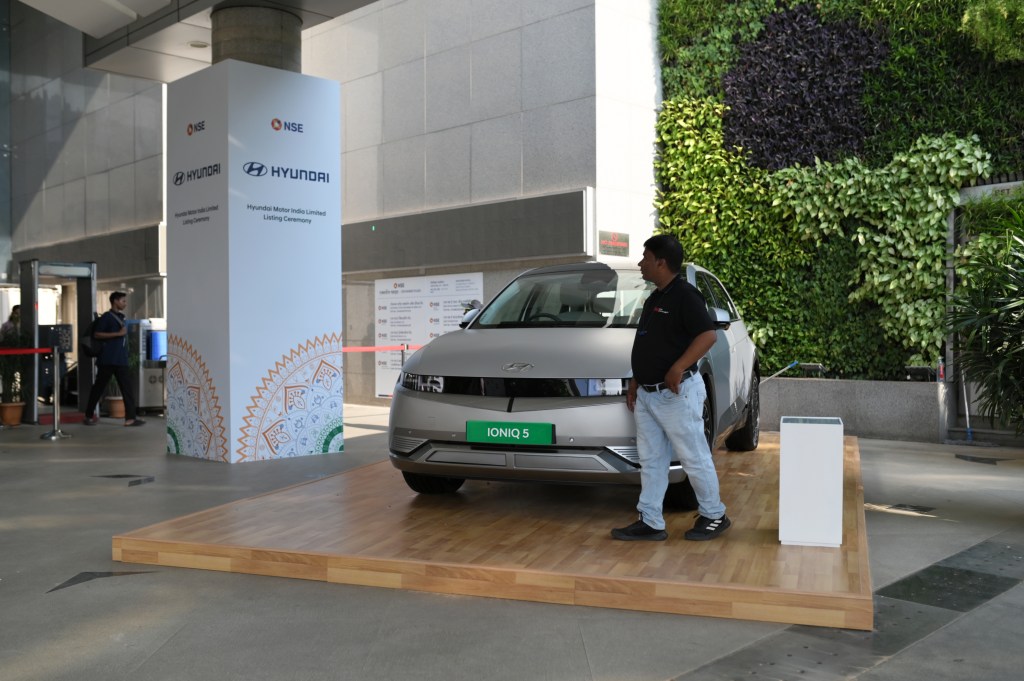Don’t let the hype around the Hyundai India IPO fool you into thinking it’s a no-brainer.
Look closer, and the rizz starts to fizzle. It’s clear that the carmaker’s South Korean parent is trying to cash in on India’s red-hot IPO market.
This IPO is an offer-for-sale. That means the Korean business is selling some of its shares in its Indian arm. It’s not offering new shares. Thinking that Hyundai’s aim in raising money in one of its most successful markets is to fund an expansion is… well… optimistic.
The money is being funneled back to Seoul. And this is part of a pattern. The South Korean parent has been drawing dividends from the Indian entity for the last three years.
- The Korean carmaker is aiming for a $3.3 billion IPO, the biggest ever for India.
- Post-IPO, Hyundai Motor India’s market capitalization is expected to be around $19.13 billion.
- In the last financial year, Hyundai India’s revenue jumped 16% to $8.58 billion, and the profit spiked by 30% to $729.24 million.
Red flags (there are a few!)
Hyundai India disclosed that it paid $2.17 billion in dividends to its parent in the past three financial years (in India these run from April 1 to March 31). In the year of the IPO, these payments will total $1.83 billion.
Even though Hyundai India could do with some cash in hand. Earlier this year, it said it would invest $4 billion to expand its capacity in India. But as of June, it had just over $1 billion in cash, as declared in the IPO prospectus.
This is a big gap in funding. Some of the money might come from Hyundai Korea, but for capex purposes most could end up coming from loans, which would markedly affect the company’s books going forward. Hyundai India admits to this being a risk in its prospectus.
India’s market rules also throw a spanner in the works. Post-IPO, the parent arm will own 82.5% of Hyundai India. According to India’s market regulator, promoters of listed Indian companies should bring down their holding to 75% or less within three years of listing.
So, another share sale in the making? Where does that take the stock in the future?
And, if that’s not enough, there might eventually be some IPO fatigue in India. Its market, the most active in the world, has hosted 69 listings this year.
Sinking or swimming?
All these risk factors suggest staying clear of this IPO for early gains. The grey-market premium slumped to 1.79% by October 15 when the IPO opened and that is telling us the same.
How Hyundai India raises funds for capex is key. Sooner or later, the debt it raises is going to be reflected in the books. The stock could become attractive once its debt position becomes clear.
India is also Hyundai’s third-biggest market, so there is room for growth. The country has only 57 cars for every 1,000 people, compared to China’s 231. The last IPO by a carmaker in India was 21 years ago, when Maruti Suzuki, the current market leader, listed.
But if you have the stomach for it, you could choose to play it quick and fast.
India’s IPO market is as predictable as its monsoon right now. Companies like Ola Electric were rife with multiple red flags and saw their shares skyrocket after listing. Jumping in on the Hyundia India IPO could still shower you with gains.






